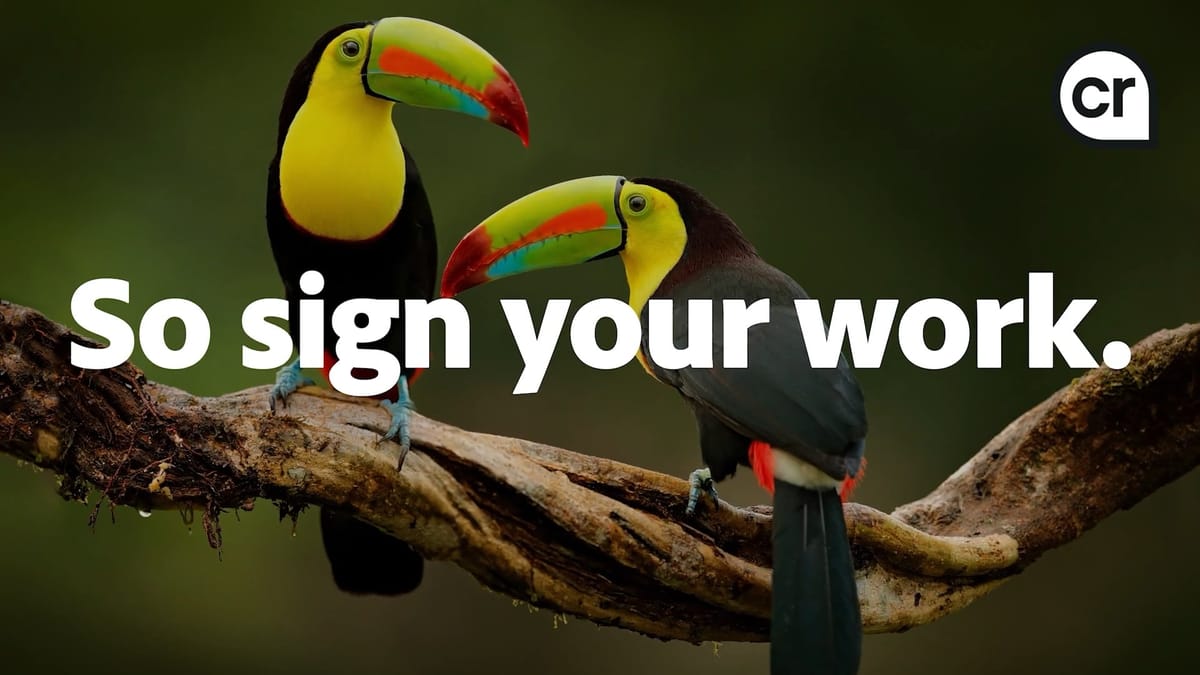
Adobe’s new Content Authenticity web app, launched today in public beta, is a direct response to the chaos creatives face online—from being stripped of credit to having their work hoovered into AI training sets without consent. This free tool allows photographers, illustrators, and designers to embed durable, invisible metadata—called Content Credentials—into their images. Think of it like a digital signature that can survive reposts, screenshots, and bad actors.
Key Points:
- The app embeds invisible metadata that maintains creator attribution even through screenshots
- LinkedIn partnership adds identity verification to strengthen attribution claims
- Includes batch processing for up to 50 files and preferences to opt out of AI training
This builds on Adobe’s ongoing Content Authenticity Initiative and offers a creator-first approach to attribution, transparency, and control. With the app, users can attach their name (verified via LinkedIn), social handles, website links, and even signal their preference not to have their work used in training generative AI models. The data persists through common forms of sharing, helping identify origin and authorship long after the image leaves its original platform.
That’s not all. Artists can now apply credentials to up to 50 files at a time—even if they weren’t created in Adobe apps—making it easy to retroactively protect a portfolio. And Adobe isn’t keeping this ecosystem to itself: it’s working with policymakers on opt-out standards and expanding integration across platforms, including LinkedIn. Soon, when a photo embedded with credentials is shared on LinkedIn, viewers will see a ‘Cr’ pin they can hover over to view verified attribution.
The partnership with LinkedIn is particularly strategic. It gives creators a way to anchor their online identity to their work, addressing a common pain point: imposters and unverifiable authorship. It also stands in contrast to X (formerly Twitter), which helped found Adobe’s Content Authenticity Initiative back in 2019 but later dropped out as it shifted toward paid verification under Elon Musk’s ownership.
For creators, this isn’t just about credit—it’s about agency. As generative AI reshapes the digital art landscape, tools like Adobe’s Content Authenticity app offer a step toward rebalancing power. As photographer Obi Nzeribe put it, “It’s a game changer towards a more creator-friendly internet.” And as artist Benjamin Von Wong noted, these invisible signatures are also a way to “preserve truth in an era of digital uncertainty.”
Adobe says broader Creative Cloud integrations are coming soon. For now, the public beta marks a major moment for anyone who has ever worried their work might be uncredited, misused, or simply lost in the algorithmic noise.

